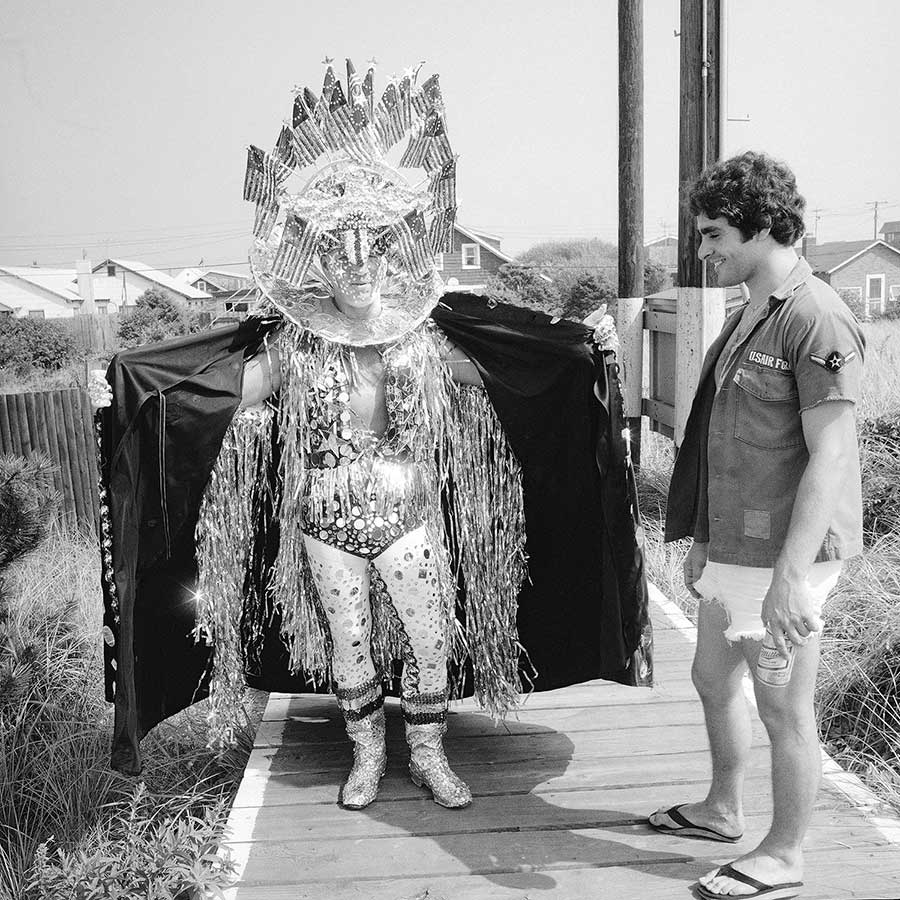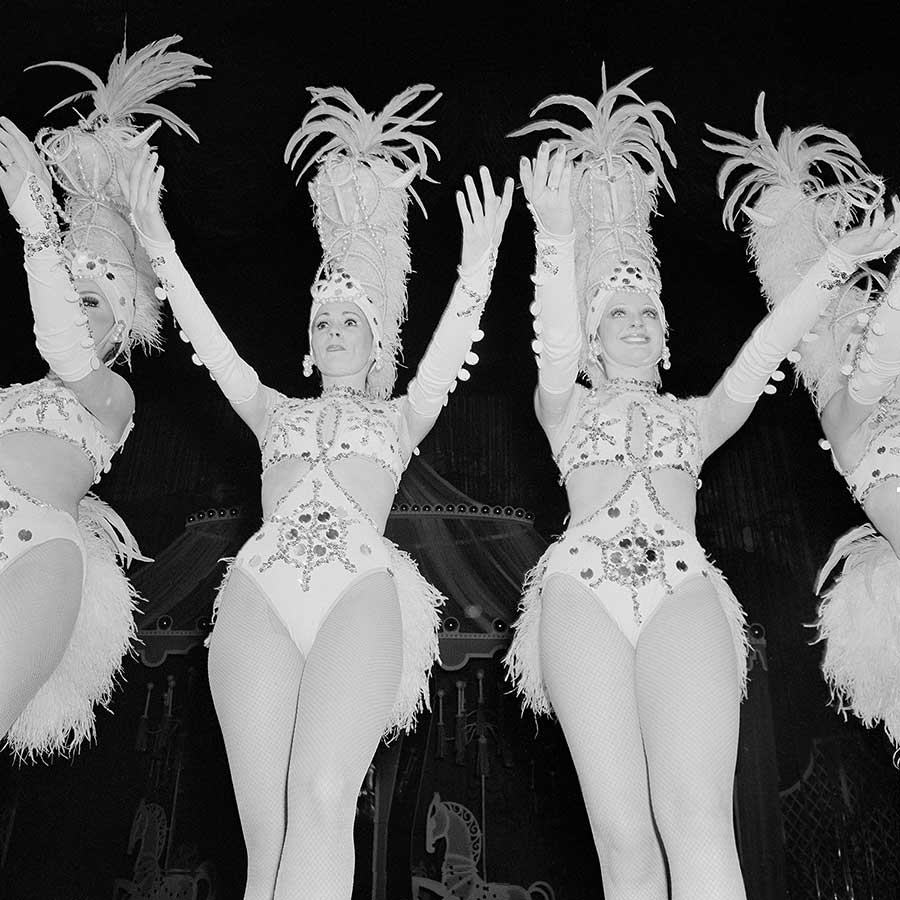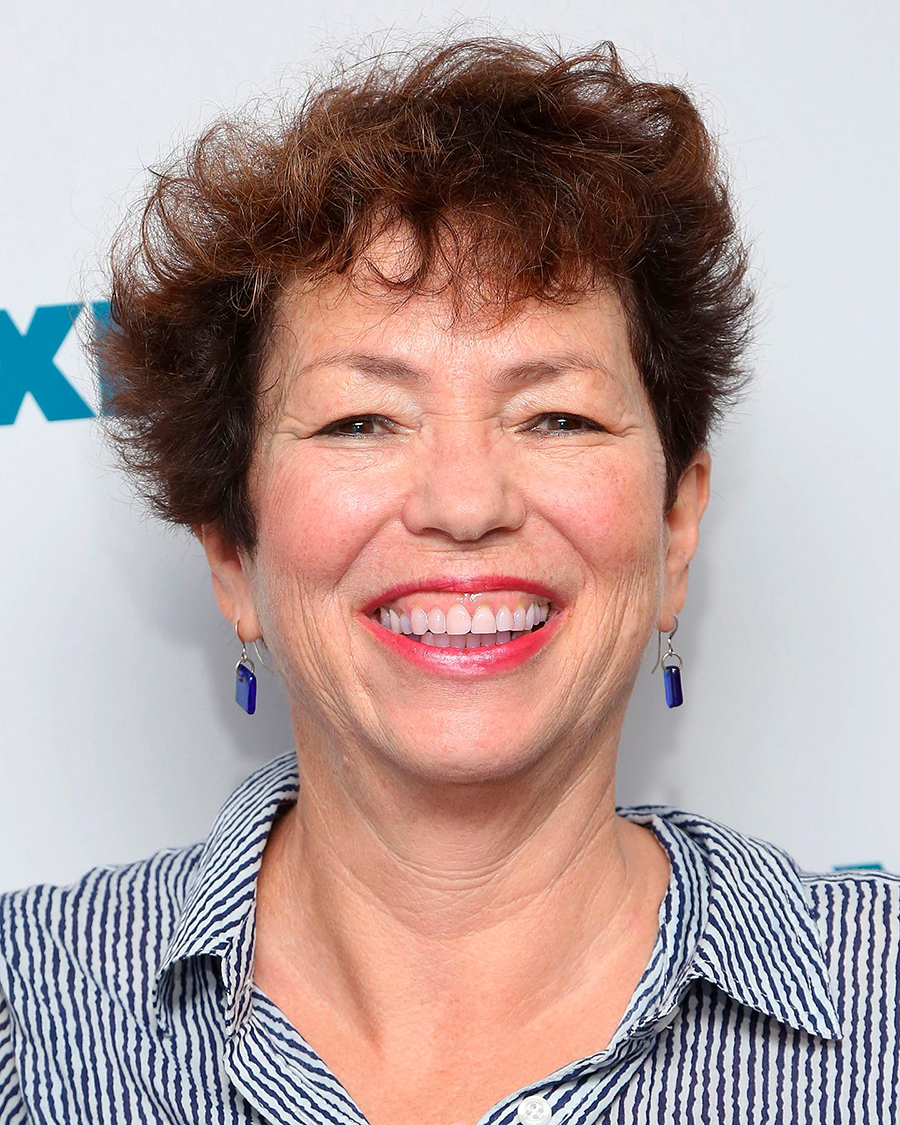Meryl Meisler is a photo-based artist. She has received fellowships/grants from New York Foundation from the Arts, Puffin Foundation, Time Warner, Artists Space, CETA, China Institute and Japan Society.
Her work is in the permanent collections of AT&T, Bibliothèque nationale de France, Brooklyn Historical Society, Library of Congress, Islip Art Museum, Metropolitan Transit Authority, Pfizer, Reuters, Columbia University, YIVO Institute for Jewish Research and within artist books in the collections of Carnegie Mellon, Centre Georges Pompidou, Chrysler Museum, Metronome, Museum of the City of New York, Museum of Modern Art, and the Whitney Museum of American Art. Meryl is the author of A Tale of Two Cities: Disco Era Bushwick (Bizarre Publishing 2014)and Purgatory & Paradise SASSY ’70s Suburbia & The City (Bizarre Publishing 2015). [Official website] [Dodho Magazine]
Can you tell us a little about yourself?
I am an emerging photographic based artist. After a career teaching art fulltime in the NYC public schools for over 3 decades, I am focusing on editing, exhibiting and publishing my tremendous archive as a series of photographic memoirs. My first book A Tale of Two Cities: Disco Era Bushwick (Bizarre Publishing 2014) received world0wide critical acclaim. Fifty three weeks later, the prequel Purgatory & Paradise SASSY ‘70s Suburbia & The City {Bizarre Publishing 2015) was launched. I have only just begun.
How did you get interested in photography?
Photography is in my DNA. My dad Jack Meisler was a printer by trade and a terrific photographer. Dad’s subject was life growing up in the Bronx, on duty in the Coast Guard and then our family. Dad’s father, Murray Meisler was a machinist. Granpa always had a rangefinder and light meter on him, and used them. It’s said he built his own tintype camera and photographed the street life of the South Bronx in the early 20th century. No one saw the photographs or knows where they are. Dad’s older brother Al was a mechanic who was always taking photographs. When Al and his wife retired to Florida, they threw all his photos away.
Thankfully, I have dad’s photographs from family albums and the negatives and his passion for photography.
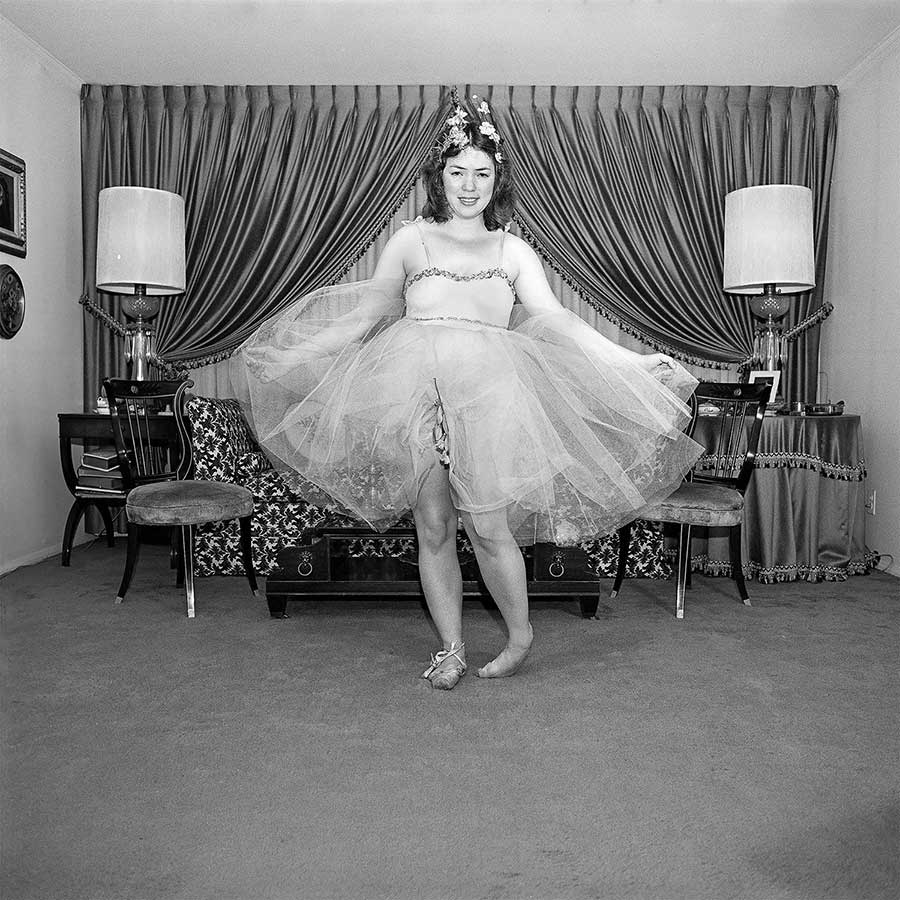
Who are some of your favorite classic photographers, and how did they influence you?
I went to Diane Arbus retrospective at MoMA NYC in 1972 and felt deeply moved. Taking my first photography class in 1973, the professor showed Jacques Henri Lartigue’s childhood photographs of his finely dressed aristocratic family having zany fun. Inspired by Henri Lartigue’s playful images of family and friends, and the intense work of Diane Arbus, I decided to document my own extended family, friends, and neighbors while on breaks home from grad school and have been photographing my life, as I see and live it, steadily ever since. When I began photographing the wild NYC nightlife in the ‘70s, I felt like I was living my version of the exotic nightlife of Brassai’s ’30s Paris. Photographing on the streets, Helen Levitt’s images play through my mind. Capturing the essence of a moment, on the first shot, Henri Cartier-Bresson helps push the shutter release. Dorothea Lange inspires me to take note of juxtapositions and photograph real human beings in their everyday work and home environments as well as to be brave in off the beaten path situations.
What first drew you to photography and how did you discover it?
My parents bought me my first camera “The Adventurer” a 620 box camera when I was 6. I used it to photograph my family, friends and school trips- themes that drawn me consistently ever since. In graduate school I decided to study illustration and took a photo class to learn how to use a “real” camera.
While home on break, I began photographing family, friends, neighbors and the my parent’s “Mystery Club” members. Prof. Cavalliere Ketchum couldn’t get over the ornately decorated interiors that looked like stage sets. He kept asking, “Who are these people? I’ve never seen anything like this!” “This where I come from; these are my family and friends.” I became “hooked”, and have been photographing steadily since 1973,
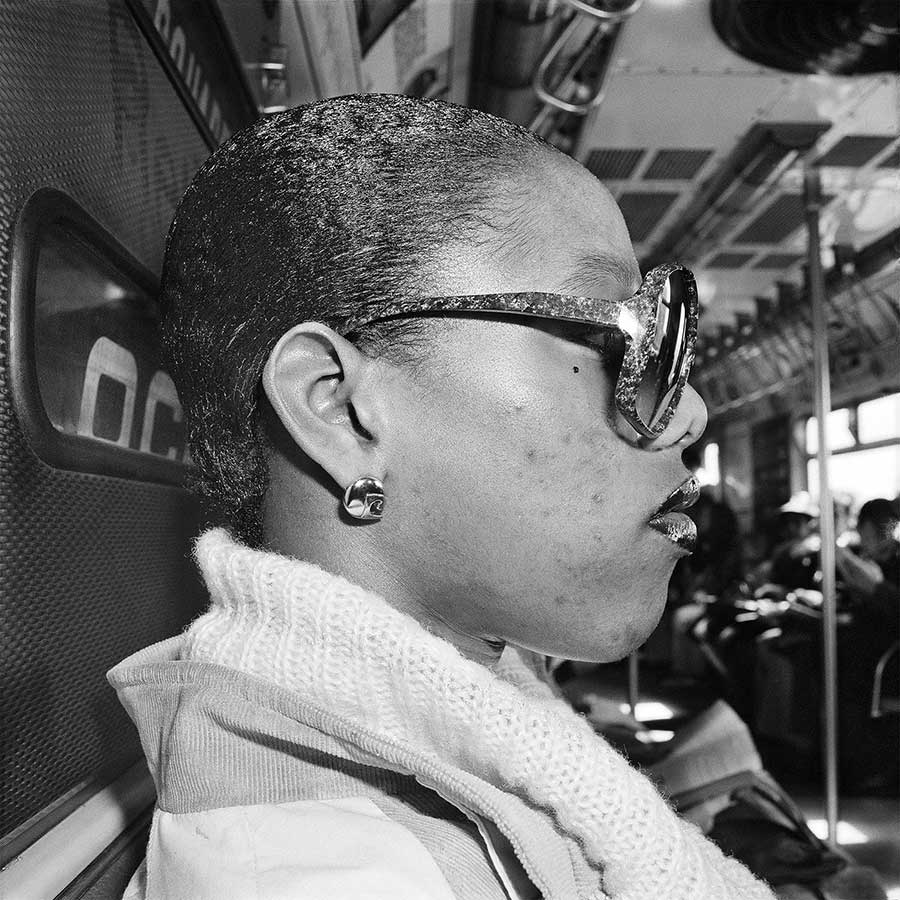
How do you educate to take better photos?
I am a life long student, always taking some kind of course or workshop. Whether it is photography, painting, ceramics, digital media or even attempting to learn a foreign language it’s about looking, listening, seeing, trying and communicating. I am also a long time member of Professional Women Photographers ( pwponline.org ) a non-profit organization dedicated to the advancement of women photographers. Through exhibitions, workshops and their monthly lecture series, PWP combines social networking with the opportunity to meet successful photographers and industry leaders who discuss their careers, artistic inspiration, and technical choices.
How do you come up with ideas for your projects?
My projects are usually based on what ever is going on in my life. It could be my job, personal life, friends, family, adventures, the everyday magic of my own city- NYC and adventures. Often, they are combinations. For example in the early 1990s I started learning digital imaging about the same time I was getting my scuba certification. Very naturally, my underwater photography developed into a public art project – “digital immersions” of NYC icons and landmarks that were installed in Grand Central Terminal, and throughout the subway system.
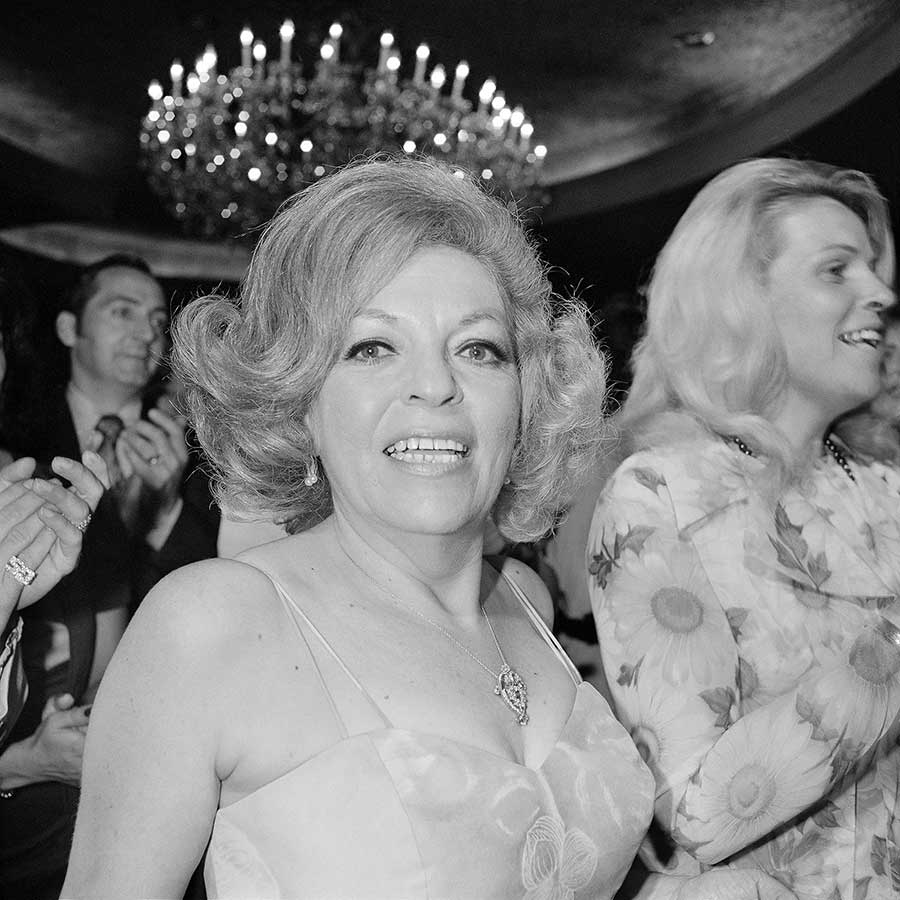
Do you take photos more for yourself or for others?
Photography is the media and method of my ongoing diary. Now, I am thankful for the opportunity to share these memoirs in book form.
A Tale of Two Cities: Disco Era Bushwick juxtaposes my photos of disco’s xenith with street snapshots I took with a point and shoot camera while teaching school in Bushwick, Brooklyn during the 1980s.
Paradise & Purgatory: SASSY ’70s Suburbia & The City is the prequel that encapsulates my coming of age: The Bronx, suburbia, The Mystery Club, dance lessons, Girl Scouts, the Rockettes, the circus, school, mitzvahs, proms, feminism, Disco, Go-Go, Jewish and LGBT Pride, the New York streets, friendship, family and love. I had to photograph it to make sense of it all. To hold onto the time, to release and finally share it, put it in perspective and move on.
I photograph, for art, for purpose, to remember; it’s mainly for me. Some people hum and/or sing while they play or work. I hum, sing off key and make photographs.
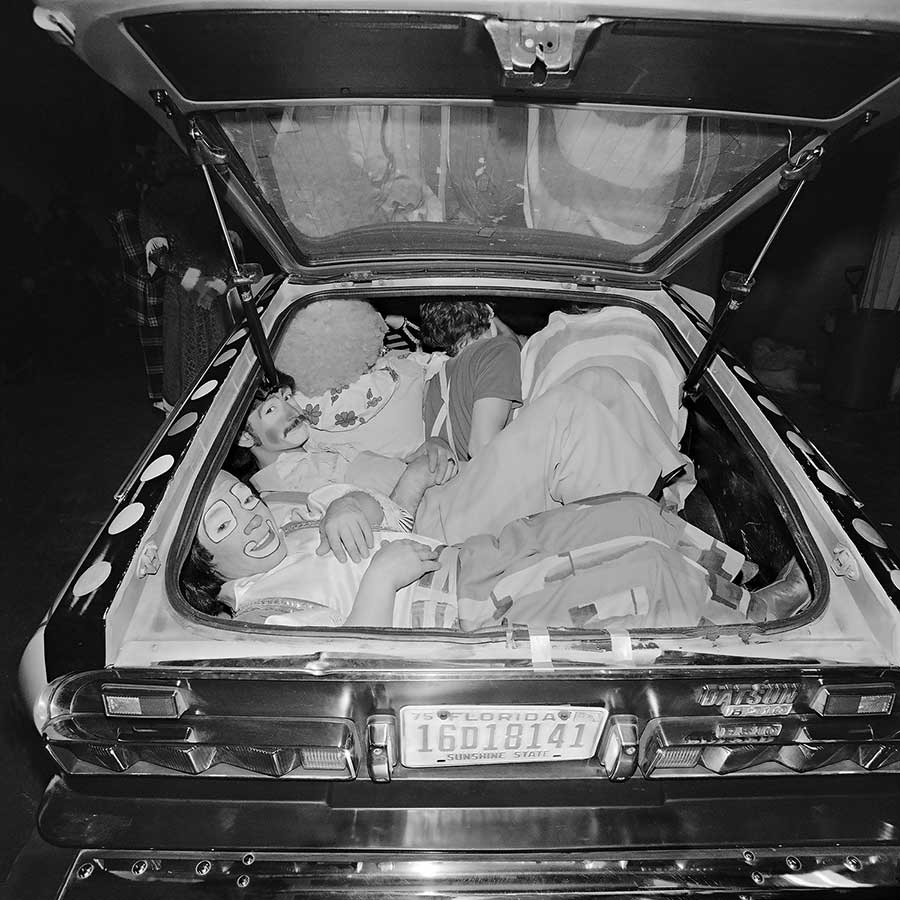
What do you think makes a memorable photograph?
Every millimeter and/or pixel is essential to the whole. If you “blow it up” an area, the small sections are dynamic unto themselves. One need not have to be able to read the language of any text or graphics. The viewer is drawn into a real or imaginary time, place and narrative that inspire them to reflect, question, wonder, think. Revisiting and looking at it again brings new meaning or the feeling of being reunited with a great friend or lost loved one. It is timeless or makes one aware of time. The image stays in your mind.
How important is an awesome website for your business?
It is important to have a website, That’s how people can find you from all over the world. It needs to be professional looking and easy to navigate, in my opinion.
How has social media played a role in your photography?
Social media has been helpful to me. People who like my work let others know about it. As a result of social media and promotion, pleasant surprises and opportunities come about.
I use Facebook, Linked In and Twitter to share information about exhibits, events, and press about my work. Because of Facebook’s recent change in copyright policy that I consider detrimental to intellectual property rights, I do not post images often. I don’t do Instagram at this point, partly in fear I will be looking at my mobile device all the time.
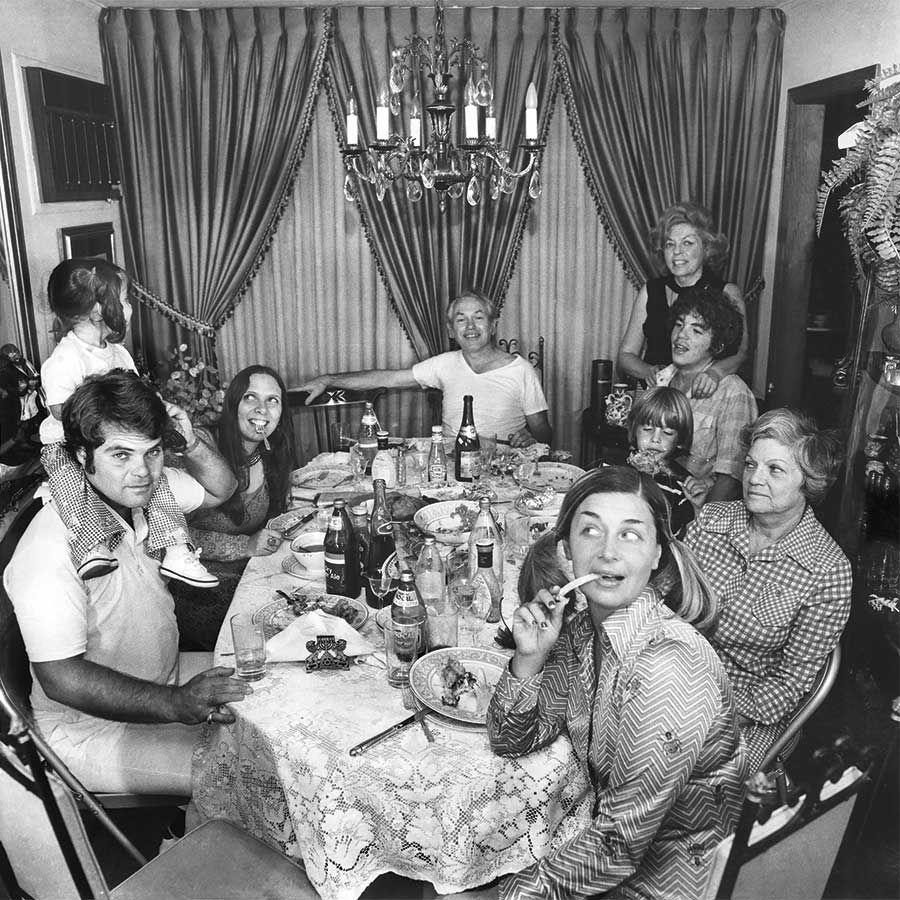
What are some tips you would give to yourself if you started photography all over again?
Don’t worry that despite numerous lighting classes, you still prefer a straight on flash. It’s your style. Be glad that you didn’t throw away your negatives and slides, even the ones taken with cheap plastic cameras and lens. A good image is a good image.
When Lisette Model told you, back in 1975, you should show your work to John Szarkowski- you should have done it. You are too shy, still too shy but you can’t go back, you can only go forward. Your work is important, believe in it and yourself. Good work stands the test of time.
Everyone you meet is important.
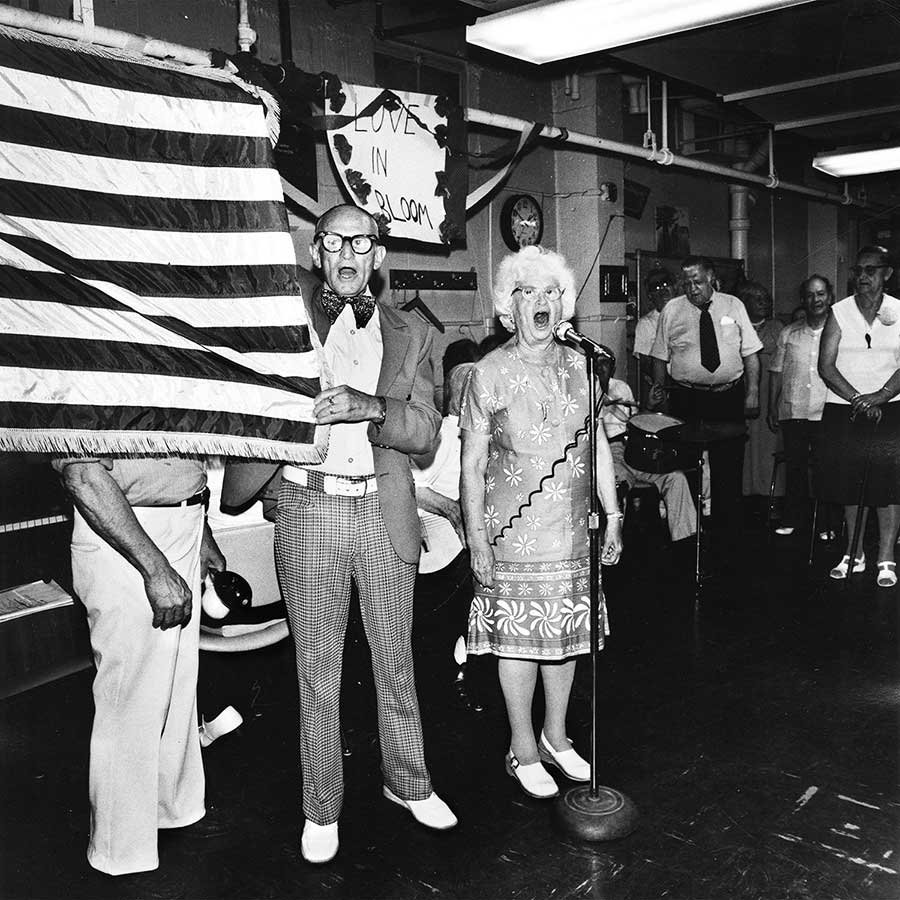
What future plans do you have? What projects would you like to accomplish?
There are at least two book projects that are bursting to be realized:
Have You Seen Their Faces? Bushwick Then & Now – I want to find more of the people in my 1980s Bushwick photographs. Interview and photograph them today. The past and present photographs and excerpts from interviews will tell the story of Bushwick’s history and future from an individual and community perspective.
Fill In The Blanks: Signs of Education ¬– I’ve been photographing NYC public and private schools, from an insider’s point of view, since 1979. This is my longest and largest ongoing, yet to be seen, body of work. It is huge. Education is a mysterious cultural experience we all share and can learn from.
I plan to return to explore the usage of paint and mixed media with photographic imagery, to continually grow as an artist
